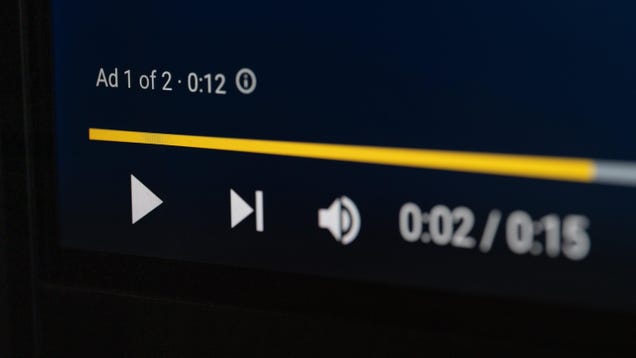
Perfection is only an idea, so despite the current XPS 13 being an almost flawless ultraportable, for this year’s revamp, Dell’s general game plan seems to be giving you more of everything you want crammed into a body that’s actually two percent smaller than before.
The most noticeable improvement on the new XPS 13 9300 is its 13.4-inch screen which now boats a 4-sided InfinityEdge display and a significantly smaller bottom bezel and a 16:10 aspect ratio. All told, the new XPS 13’s display is nearly 7 percent larger than the outgoing system while offering an overall screen-to-body ratio of 91.5 percent. That means in the real world, all that extra screen real estate (particularly in the y-axis) should give the XPS 13 a big upgrade when it comes to productivity.
On top of that, the XPS 13’s screen comes with built-in EyeSafe tech to reduce potentially harmful blue light. There’s the option for two different displays, either a 1080p or a 4K one, with the latter even including HDR10 support. And thankfully, despite shrinking the XPS 13’s bezels, Dell still found room for the laptop’s webcam above the screen, which now also includes support for Windows Hello face login as well.
Elsewhere on the new XPS 13, Dell increased the size of its keys by 9 percent and the size of the touchpad by 17 percent, while also adding a few subtle new design touches including diamond-cut sidewalls and a stronger aluminum unibody chassis. Dell even combined the XPS 13’s power button and fingerprint reader into a single key, for that little bit of extra space savings.
On the inside, the XPS 13 should offer even better performance thanks to a range of 10th-gen Ice Lake Intel CPU from Core i3 to Core i7, though you won’t get option to choose the six-core i7-10710U Comet Lake chip Intel announced last August. That’s probably a smart move by Dell to help ensure the XPS 13 can deliver optimal battery, particularly with Dell claiming that the FHD version of the new XPS 13 can last up a 19 hours on a single charge. As for memory and storage, the XPS 13 can be loaded with up to 32GB of RAM and up to a 2TB SSD.
In a direct comparison against the old model, the new XPS 13 just looks sleeker and cleaner than before, with a number of small tweaks combining together to great effect. And after checking out the new XPS 13, I’m kind of glad Dell hasn’t decided to go for a full redesign just quite yet. That said, I do wish Dell had found room for just one more USB-C port, because while the inclusion of a microSD card slot is nice, two USB-C ports (which both support Thunderbolt 3) still feels like one short of ideal. Oh well, nothing is truly perfect right?
The new XPS 13 will start at $1,000 and will go on sale January 7th. And for anyone who prefers their ultraportables running Linux instead of Windows, there will also be a developer edition of the XPS 13 featuring Ubuntu 18.04LTS pre-installed starting on February 4th for $1,200.
Source: gizmodo.com









